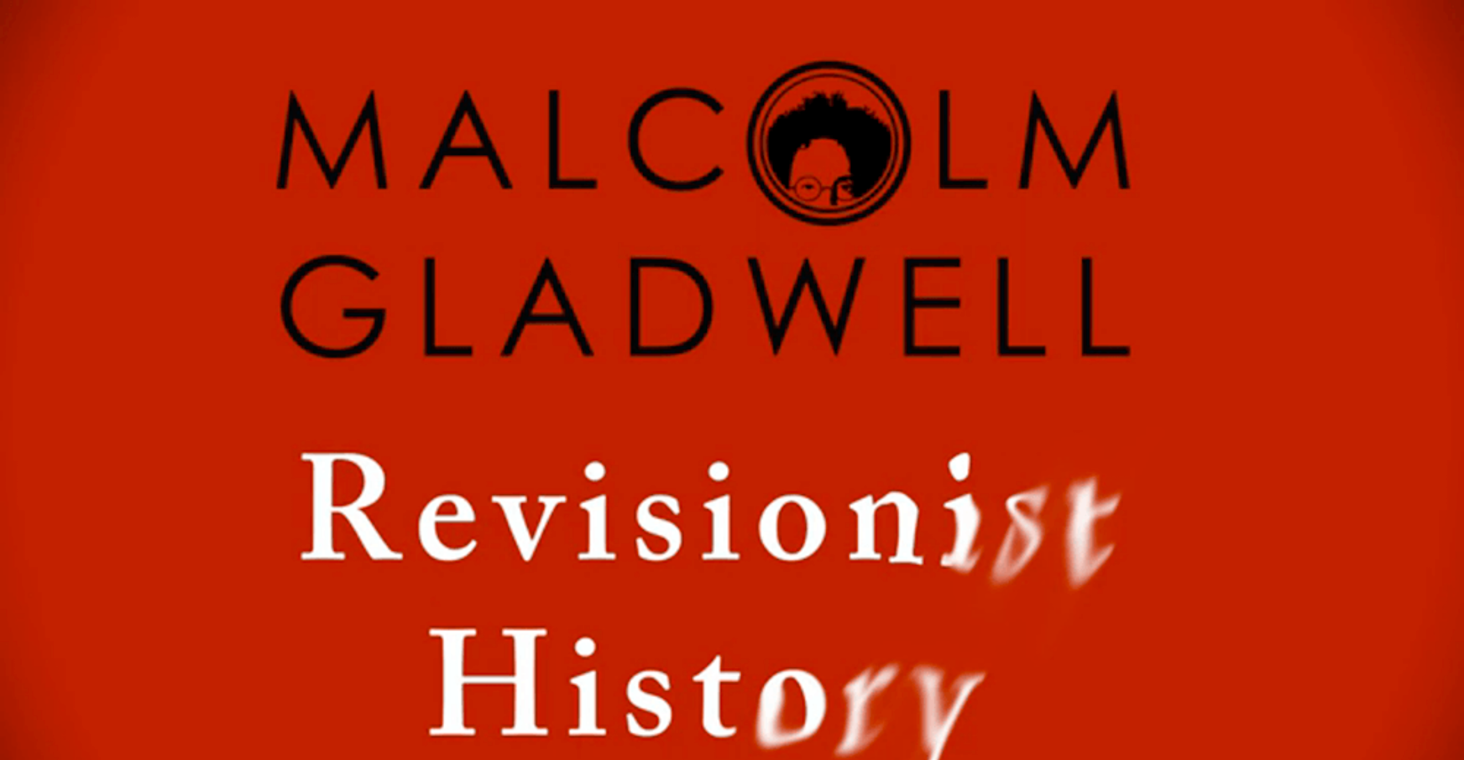This lesson demonstrates the biggest problem with teaching American history. Yes, I know that technically this isn't American history, but the exploration of the Americas didn't happen by chance and it is important for us to understand the economic pressures that led to sailing west. The biggest problem is there is so much content to cover.
I had originally intended this lesson to be a 100 minute lesson, but because I didn't want to just blow through it the lesson is now a 200 minute one. I spent some time storytelling around the Marco Polo trip before we watched the first video on the Silk Road. I gave the students the worksheet questions to read through and they were to choose to answer five of the nine questions.
After watching the video the students finished up answering the questions. I then through a wrinkle in. This year the school district is focusing on literacy, not just reading but speaking so we are being encouraged to have our students talk more about what they are learning. I had the students find others in the class who answered different questions and had them share their answers with each other. After around five minutes we checked their answers. It seemed to be pretty successful since they seemed to be more enthusiastic about sharing their answers and the number of questions they got correct definitely improved over similar activities.
This comes with a cost though, it took much longer than I had planned. So the question is, where does that time come from?
Positives:
- Kids were moving and sharing
- Enthusiastic responses when sharing answers as a whole group
- I am sure there will be better retention of information
Negatives:
- time which will have to come at the expense of another lesson over different content
- third period class is still super restless right before lunch
Map of the Silk Trade Route
 |
| https://commons.wikimedia.org/wiki/File:Silk_route.jpg |
Marco Polo's Route
 |
| https://en.wikipedia.org/wiki/File:Travels_of_Marco_Polo.svg |
Voyages of Zheng He
 |
| https://commons.wikimedia.org/wiki/File:Zheng_He.png |
The trade routes that we collectively refer to as the Silk Road started as far back as 2,200 years ago. Although the types of trade goods were varied, it is called the Silk Road because of the demand created for silk from China.
While we may tend to emphasize the economic implications of these trade routes including cities created as stopping points that became wealthy, a much more important trade was taking place throughout this period, the trade of culture. Languages, mathematics, literacy and religion were all shared throughout large areas of the world because of these trade routes.
Essential Question: What led to the rediscovery of the Americas and its colonization?
Engage:
- We know that Columbus 'rediscovered' the Americas, but what events led to the need for this exploration?
Explore:
- The Silk road and Ancient Trade: Crash Course World History #9 (10:30)
- Int'l commerce, Snorkeling Camels, and the Indian Ocean Trade: Crash Course World History #18 (10:14)
- Columbus, de Gama, and Zheng He 15th Century Mariners.: Crash Course World History #21 (10:37)
- The Renaissance: Was it a Thing?: Crash Course World History #22 (11:32)
- Answer 5 of the 9 questions, then find others who have answered the questions you have not and have them explain the answers. Explain your answers to them as well.
- How did trade drive the sharing of culture?
- Why did Columbus look west for a route to India?
Evaluate:









